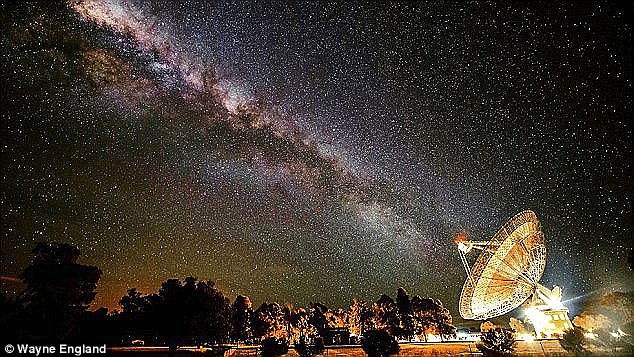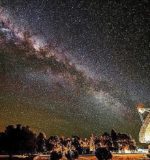Engineers from the Voyager team dug up decades-old data to send a message to the intrepid spacecraft 13 BILLION MILES AWAY asking it to repurpose thrusters that have not been fired since November 1980. Astonishingly, even travelling at the speed of light, the signal took more than 17 hours to travel from NASA to Voyager 1 out in interstellar space.

Jet propulsion engineer Todd Barber said:
“The mood was one of relief, joy and incredulity after witnessing these well-rested thrusters pick up the baton as if no time had passed at all.”
Voyager 1 uses thrusters to orientate itself so it can send messages to earth as it ventures deeper into unexplored space. After information sent to earth revealed that the thrusters designed to allow the craft to communicate with earth were losing power and having to work harder ingenious NASA engineers were able to figure out a fix from billions of miles away. The thruster test was designed to see if the “trajectory correction manoeuvre” (TCM) thrusters could take over the job of the failing “attitude control thrusters” and add years to the lifespan of the satellite.
Mr Barber said:
“The Voyager team got more excited each time with each milestone in the thruster test.”
The TCM thrusters were last used during a historic flyby of Saturn before Voyager 1 became the first man-made object to enter interstellar space. Chief engineer Chris Jones said:
“The Voyager flight team dug up decades-old data and examined the software that was coded in an outdated assembler language, to make sure we could safely test the thrusters.”
In the vacuum of space puffs measured in just milliseconds are enough to make the manoeuvres needed to allow Voyager to send and receive information from earth. The test was such a surprising success that NASA engineers are likely to perform a similar test on Voyager 2, the twin spacecraft to Voyager 1, even though its main thrusters are still working. Voyager 2 is about to follow its sister ship and make the historic leap into interstellar space in the next few weeks.








 Photographer Finds Locations Of 1960s Postcards To See How They Look Today, And The Difference Is Unbelievable
Photographer Finds Locations Of 1960s Postcards To See How They Look Today, And The Difference Is Unbelievable  Hij zet 3 IKEA kastjes tegen elkaar aan en maakt dit voor zijn vrouw…Wat een gaaf resultaat!!
Hij zet 3 IKEA kastjes tegen elkaar aan en maakt dit voor zijn vrouw…Wat een gaaf resultaat!!  Scientists Discover 512-Year-Old Shark, Which Would Be The Oldest Living Vertebrate On The Planet
Scientists Discover 512-Year-Old Shark, Which Would Be The Oldest Living Vertebrate On The Planet  Hus til salg er kun 22 kvadratmeter – men vent til du ser det indvendigt
Hus til salg er kun 22 kvadratmeter – men vent til du ser det indvendigt  Nearly Frozen Waves Captured On Camera By Nantucket Photographer
Nearly Frozen Waves Captured On Camera By Nantucket Photographer  It’s Official: Astronomers Have Discovered another Earth
It’s Official: Astronomers Have Discovered another Earth  Meteorite That Recently Fell in Somalia Turns Out to Contain Two Minerals Never Before Seen on Earth
Meteorite That Recently Fell in Somalia Turns Out to Contain Two Minerals Never Before Seen on Earth  Superknepet – så blir snuskiga ugnsformen som ny igen!
Superknepet – så blir snuskiga ugnsformen som ny igen! 